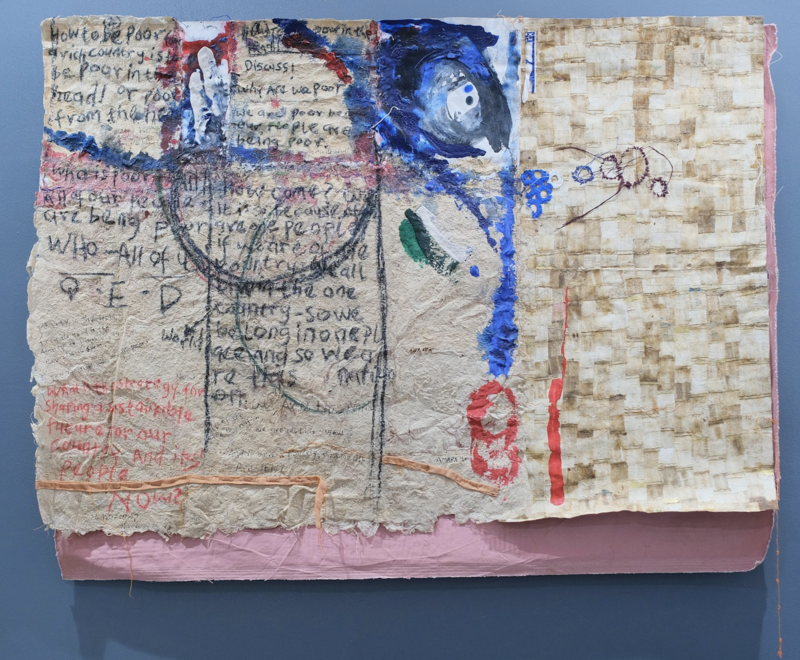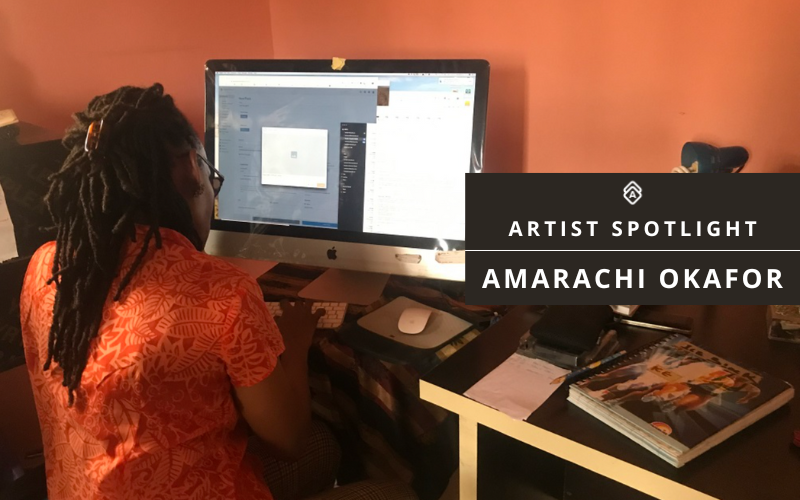
For Nigerian artist, curator, and researcher Amarachi Okafor, art is a space for connection, dialogue, and communal exchange.
Practicing consistently since 2002, and inspired by people, Artwork Archive’s Featured Artist creates sculptures, paintings, and art events that speak about a troubled, happy, and responsible society. Okafor transforms materials—both traditional and commonplace—through stitching, fastening, tying, and binding, exploring how we impact and “use” one another, nature, and the structures around us.
Her internationally recognized work spans continents, conversations, and communities, from exhibitions across Africa, Europe, Asia, and the Americas to curatorial projects that document and archive the voices of established African artists. With numerous global residencies and awards, she has played a pivotal role in shaping contemporary art discourse in Nigeria as both an artist and curator.
Through material transformation and social engagement, Amarachi Okafor's art challenges us to pause and question the actions of humans in society: “How do our actions determine our condition and affect our relationships? How do we ‘use’ nature and one another? What is the path to this Paradise?”
Artwork Archive had the chance to chat with Amarachi Okafor about her creative process, how she fosters community through art, and how Artwork Archive helps her document and manage her evolving art career.
You can see more of her work on Discovery and learn more about her art practice below:
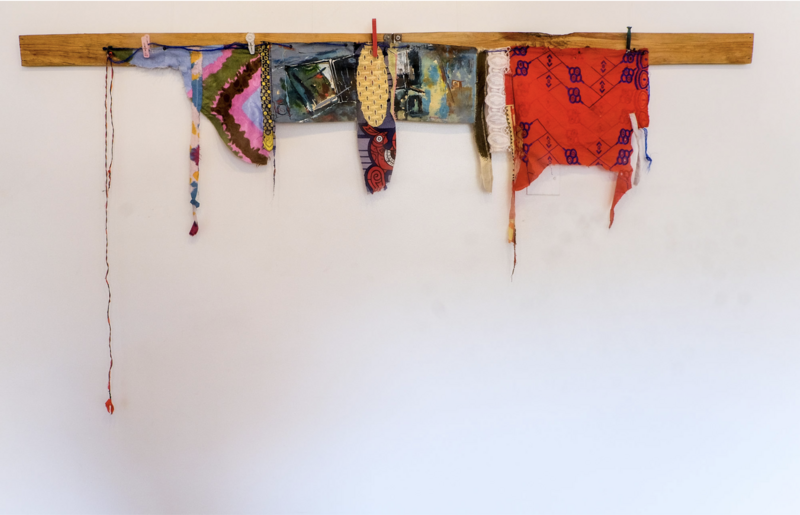
Amarachi Okafor, Substance and Emptiness, 99 x 194.5 cm, 2004-2015
Exploring Materiality and Meaning in Art
For Amarachi Okafor, making art is as much about discovery as it is about creation. She finds joy in experimenting with materials, constantly pushing their limits to see how they behave and interact.
"A favorite part of my process would be testing and trying new ways of using material, new approaches, and noticing how and if they work in whatever I am making—or how and if they do not work," she shares.
Over the years, Okafor has been drawn to materials with a story—plastic bags, cigarette stubs, fabrics, leather, handmade paper, and found objects—each carrying traces of where they've been and what they've been used for. She explains, "My key materials are items that have history—memory—so I present these meanings the way I see them."
By layering these elements together, she often uncovers something unexpected, giving everyday materials a new perspective and purpose.
Letting the Medium Lead the Message
For this artist, selecting a medium is no longer a question about finding the perfect fit for an idea. Instead, it's about listening to what each material has to say. "I used to think this way before—many years back. I mean, which medium best suits an idea? Now it seems things are parallel," she reflects.
Amarachi Okafor's creative process now centers on paying attention, allowing materials to guide her instead of forcing a predetermined vision onto them. "Yes, it all roots from the same place—my mind—which holds the same message," she acknowledges, "but now, I'm listening to each medium to heed what they are saying to me...I listen more and try to unsheathe from them."
Even as she leans into this openness, Okafor knows her work is still shaped by everything she takes in—the ideas, the images, the influences that linger in her mind. After all, no one creates in a vacuum. "We usually tend to see through rose-colored glasses if we have been looking at roses long enough," she notes.
The materials may take the lead, but they’re never separate from the artist’s ever-evolving perspective.
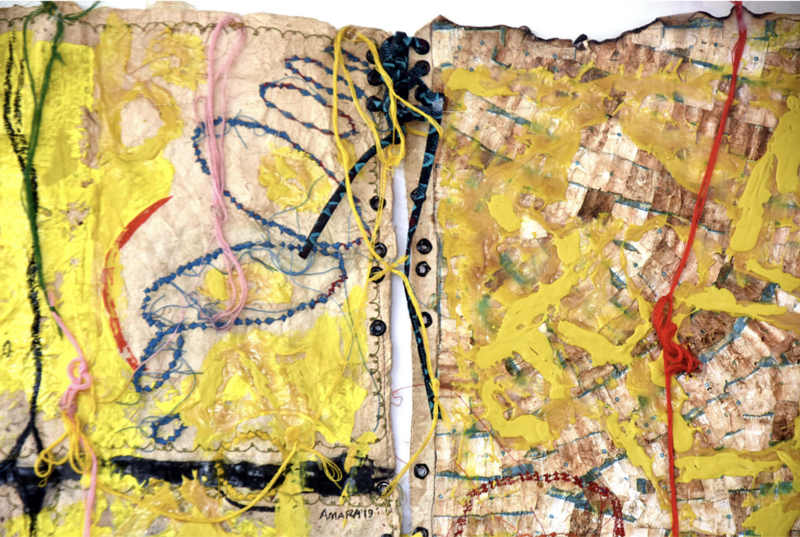
Amarachi Okafor, Bright Room: Illuminate, 98 x 98 cm, 2019
Building Community Through Art
While Okafor’s work spans sculpture, painting, and curatorial projects, an important aspect of her practice is what she calls "Relational Public Art"—creating art with and for the public.
"By this term, I mean art with the public, art for everyone or anyone, where the agenda is to hang out together, spending time with real people and communicating with one another—communality," she explains.
Her passion for bringing people together stems from nostalgia, recalling a time when shared experiences felt more common. "Perhaps it is me, or perhaps we have all become too busy, or perhaps things have changed," Okafor reflects.
"We can slow down and speak to ourselves. We can do that through art, and indeed we can speak about art too. Art is life. Life is art, too."
This interactive approach first took shape during her curatorial training, shifting her focus beyond the traditional studio space. "I desired to do something more expanded than ‘making’ in the studio. Afterward, I began to combine the ‘event’ and the ‘making.’ This is what you get in practice—my ‘making’ and my curating a series of interactive events where people get to participate in my ‘making,’ or they can discuss it alongside the ideas that I will have proposed."
By blending creation and conversation, Amarachi Okafor’s work becomes a shared experience, inviting others to engage, reflect, and connect through art.
The Power of Documentation in Preserving Artistic Legacy
As an advocate for archiving the works of established African artists, Okafor emphasizes the importance of documentation, making sure their stories don’t fade with time. "Documentation is very necessary, and I say that with much emphasis," she states.
And she means it. Keeping records goes beyond listing completed works; it captures the stories, the process, and the moments that shape an artist’s journey.
Without documentation, so much can be lost—not only the work itself but the context that gives it meaning: who the artist was, what inspired them, how their practice evolved over time—all of these details matter.
"There are thousands of other details about life and practice that are needed for preserving legacies in a way that makes an impact and benefits society," Amarachi Okafor explains. These records serve as a bridge between past and present, offering future generations of artists, researchers, and educators a deeper understanding of an artist’s influence. "For art education and education in general, this is really key."
An artist’s work carries weight, but its impact is stronger when the full story is preserved:
Documenting your work keeps its history intact and makes it easier to share with collectors, curators, and future generations. Start organizing your portfolio with Artwork Archive—track exhibitions, sales, and key details to keep your artistic legacy accessible and well-documented.
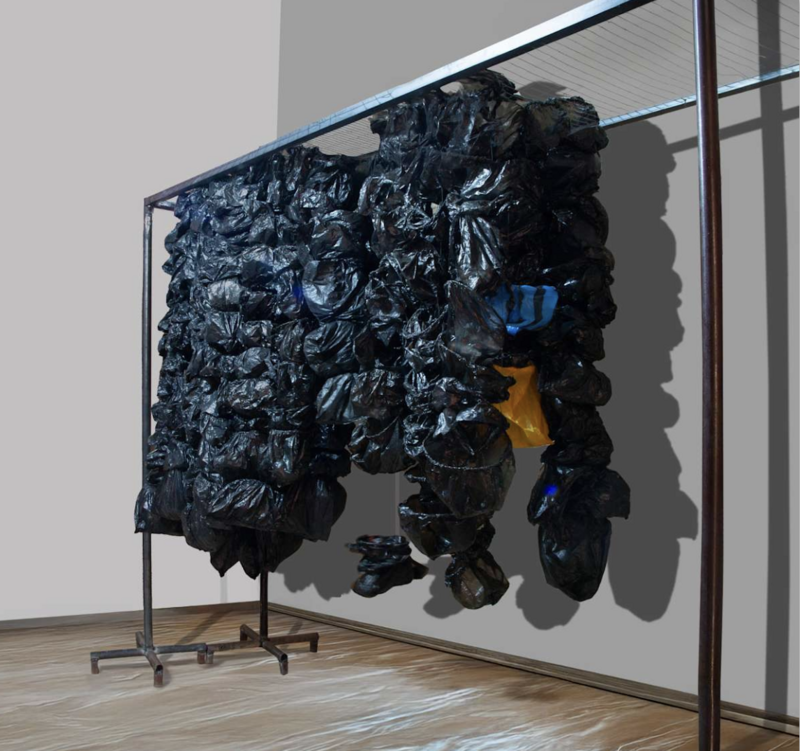
Amarachi Okafor, Cashless Society Bags, 230 x 206 x 50 cm, 2024
Using Artwork Archive to Manage an Evolving Art Practice
Amarachi Okafor first recognized the need for an art inventory system years ago, managing her work through physical folders and hard-copy images before transitioning to digital tools.
One of her favorite Artwork Archive features is Private Rooms. "I love using the Private Room feature for making presentations. I used it recently this year to present works towards two exhibitions, and also to present works to a gallery," she recalls.
For Okafor, having flexible presentation options is key. When a presentation required a PDF portfolio, she quickly adapted by generating a Catalog Page. "Easy! I still left them a link to the Private Room in case they wanted to view the images in more detail or download them."
A Report for Every Situation:
Whether you’re sharing work with a gallery, preparing for an exhibition, or organizing your records, Artwork Archive has a report to fit your needs. Generate Catalog Pages for polished portfolios, Inventory Report for tracking your collection, and Consignment Reports for gallery agreements—all in just a few clicks. Explore reports and find the right one for you.
Okafor’s Advice for Artists: Stay Organized and Stay Ready
When it comes to building a sustainable art career, Amarachi Okafor has one clear message: "Try and get organized early enough to save time." She emphasizes that making art is only one piece of the puzzle—managing deadlines, opportunities, and logistics all play a role.
"Be prepared, because it happens that an artist has to pay attention to many different things, all at the same time. As we say in Nigeria—‘No dull moment’ … in the life of an artist."
